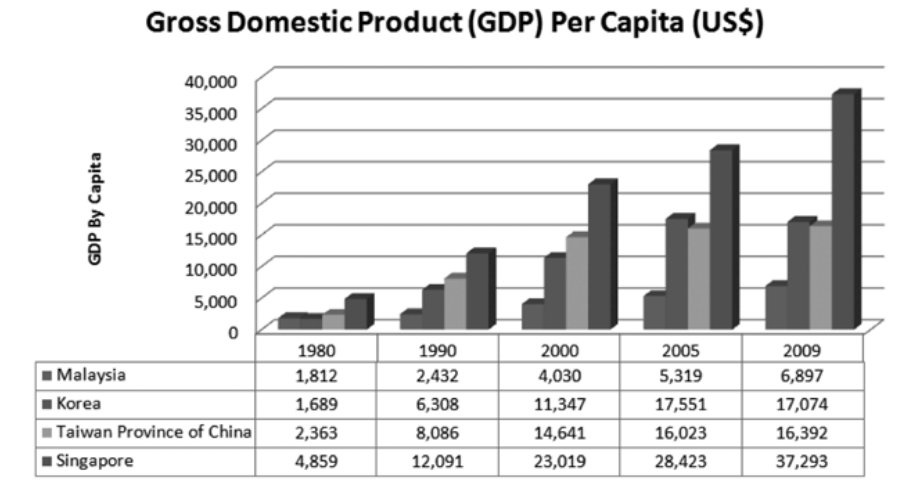A speech by Y.B.M. Tengku Razaleigh Hamzah
The Perak Academy, Perak Lectures in Ipoh: 15th Series 2nd Talk
Saturday, 23rd November, 2013, at 8.00 p.m.
Chairman,
Ladies and Gentlemen.
I would like to thank the Academy for inviting me a second time to give a talk on the current state of the economy. After the presentation of Budget 2014 in Parliament last month and the ongoing debate in the august house, the state of the economy is indeed a relevant question to ask. Economic reality however may not be what it is made out to be when one engages in political debate in respect of the Budget: often it is the unstated issues in the Budget and its underlying strategies and proposals that should be of great concern to thinking Malaysians.
Ladies and Gentlemen,
2. The Budget 2014 projects that GDP growth rate next year will likely be around 4.5 to 5% and 5.5% in 2015. These figures had remained in that range for the past budgets since 2000, reflecting some kind of paralysis of policy given the global economic situation and our own model of growth that depends so much on our external markets and the optimism of foreign interests in our economy. But, these figures conceal some forewarnings that are not highlighted.
3. Take for instance, the budget deficits, which had remained in negative territory for over twenty years; now the Najib government has promised to bring the budget into balance by 2020. The federal deficit has been sustained by borrowings that are now reaching close to the statutory debt ceiling of 55% of GDP. In fact the federal debt levels in absolute terms doubled since Dato’ Seri Najib took over as Prime Minister. Coupled with private debt currently at 83% of GDP (an issue I will come back to later), the total debt exposure which will have to be carried over into the next generation will now approach 140% of GDP at current prices by the end of the year. Continue reading “The Economic Reality of Malaysia Today”

